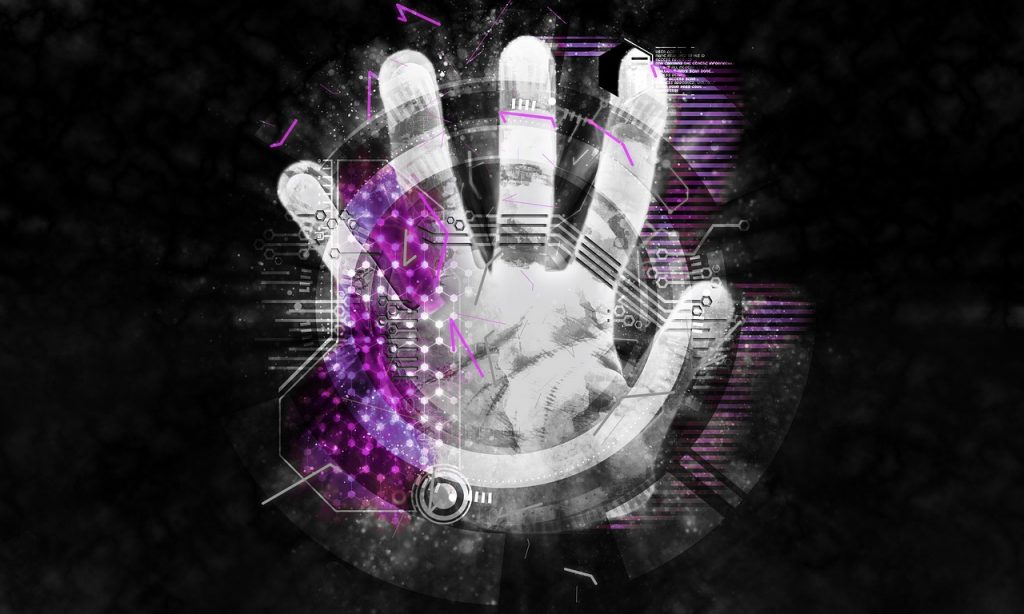Morgan Stanley Blue Papers are part of the giant financial company’s research division, which shows analysts, economists, and other financial professionals how to address the long-term changes in businesses. These changes are reshaping economies and the way business is conducted all over the world. As everyone is aware, there has been a massive increase in cyberattacks, and more money is being spent on online defense systems than ever before. The cybersecurity market reached $60 billion in 2016, and this number is expected to double by 2020. And after that? There aren’t many predictions or analyses that show it slowing for the foreseeable future.
Even with additional money that is being spent, this does not mean security has improved. Many organizations layer different technologies and this has shown be ineffective. The issue of cybersecurity is complicated, and solutions are expensive.
Even with companies that are spending additional money on cybersecurity, the security has not drastically improved in the past five years. In fact, these companies are probably having a harder time than ever.
And now, experts say there is a new paradigm.
The software industry is moving online
Consolidation is going to be more frequent in the next couple of years. In the long term, there are solutions that are being developed and used in the cloud. To look at the change in cybersecurity, investors should look at the increase of their digital assets and how this has increased over the years.
This goes beyond the use of e-commerce. Even the most common businesses and small businesses have a digital system. They may order supplies online, accept payments, and manage their financial books. There are many other common things online with valuable information such as medical records, intellectual property, and tax documents.
Cybersecurity can no longer be ignored

Even companies that are improving their cybersecurity are still at risk for the sophisticated minds of cybercriminals. In the past year, there were nine mega-breaches with more than 10 million records that have been compromised. There is also the ever-present danger of crypto-ransomware attacks. There are important documents that are being taken hostage.
For big companies, these breaches can cost millions of dollars in direct and indirect ways. When a smaller company is hacked, the damage can be irreversible. According to a study by the National Cyber Security Alliances, around 60 percent of small businesses shut down within six months of a data breach. The use of mobile phones and the Internet of Things has made the situation even riskier. Everything from cars to kitchen appliances can be at risk for hackers.
But big companies are not the only organizations that need to beef up their cybersecurity. Small to medium-sized businesses are at large risk too, and many times hackers will prefer to go after smaller companies and businesses as they are easier targets.
Security sprawl is not enough
The most common way to protect digital assets is to use defense in depth. Many companies add layers and build bigger walls.
While some of these security layers are very important, many of them use human judgment to determine if there is a real threat or just a false alarm. There is a lot of information being given to the security professionals at one time.
They need the main piece of information and will be able to build from there. Technology professionals are looking for increased visibility. They want integrated solutions and are looking for ways to better detect these breaches.
Big is getting bigger and bigger

The cybersecurity field is increasing, and it will continue to increase. Companies that are adapting to these changes will come out ahead. It seems that the most likely outcome will be that companies will look for more efficient cybersecurity platforms.
Even though consolidation in the software industry is growing, larger companies will not put all of their security measures with one vendor. They may go from using 20 vendors down to 10, but no company will feel comfortable using just one vendor. We will see a shift to more cloud services over the next five to 10 years.
Cloud-based security will increase as well as security used to protect these clouds. The largest cloud vendors are not considered to be security vendors. They are only a small portion of the market, and less than $4 billion is spent on them. They are still looking to improve their security for the customers. They may be able to provide a higher amount of security than third-party vendors.
Get ready for the boom
It’s apparent that cybersecurity is a huge niche poised to grow more in the future. With the diversifying need for security, along with new areas of security not previously thought of like chip security, the industry is going to be one of the fastest growing out there. And with things like IoT becoming a bigger and bigger part of our lives, we will need all the security we can get.
When you think that a lot of our critical infrastructures such as water, electricity, medical, and emergency services rely on this technology, you can see an even clearer picture why the cybersecurity industry is poised for growth like no other. If the industry is set to double by 2020, imagine what the next few years after 2020 will look like.
Featured image: Shutterstock



